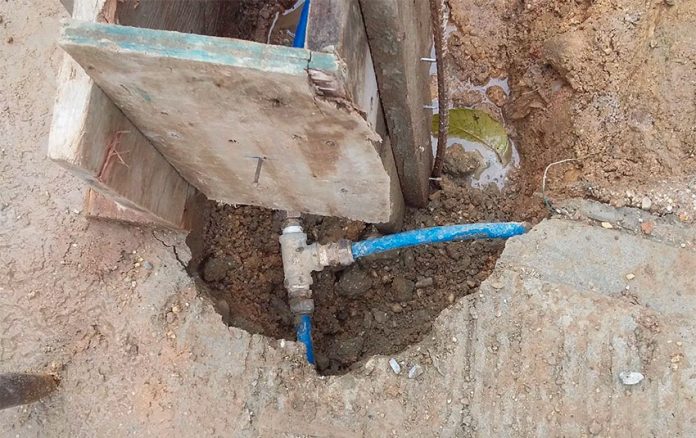There are huachicoleros at work in La Paz, Baja California Sur, but they’re not stealing oil — they are taking water with illegal taps into the municipality’s water lines.
Officials have detected 516 such taps, most of which are in a few developments on the city’s south side.
Mario Ramón Gálvez Gámez, director of water services, likened the theft of water to fuel theft from petroleum pipelines, a practice known as huachicoleo, a term derived from huachicol, slang for adulterated gasoline.
“We looked over everything and we found 516 clandestine taps, and now we’re looking in to how we want to go forward with the issue, because we need to understand the situation,” he said. “We’ve been talking to developers to make sure they understand the issue.”
Most of the taps illegally direct water from the city’s grid to newly-built houses, a practice Gálvez called “a constant with developments.” After the houses are sold, the new residents receive water without having a contract or regularized service from the city.
Gálvez warned people who live in such houses to get contracts and pay for their water service.
“. . . the buyer has the obligation to regularize the contract shortly after the purchase, and to put their name down and pay regularly. If they don’t, but they still have water, we consider that a clandestine tap.”
Gálvez added that the freeloaders are hurting other residents of the city who do pay for their water.
Source: BCS Noticias (sp)
